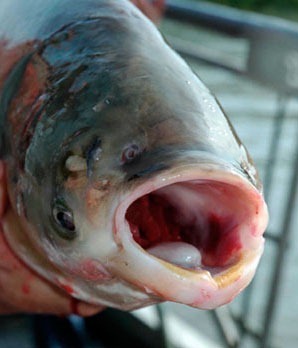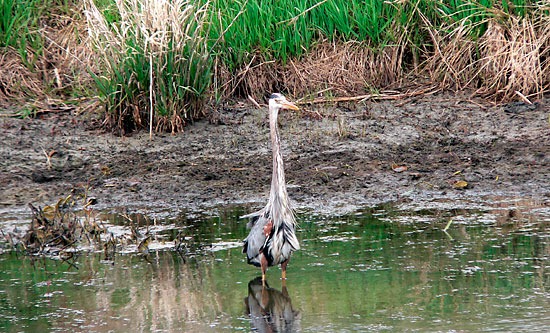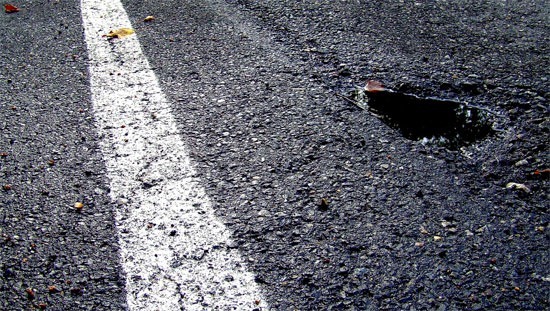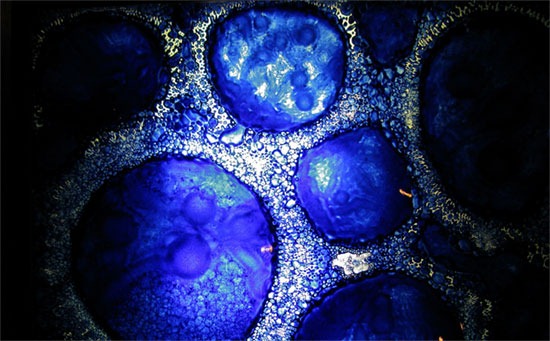Stopping Asian carp with the smell of fear — and fresh fruit
0 What’s the solution for one of the Great Lakes’ worst invasive species threats? Perhaps the scent of Irish cream.
What’s the solution for one of the Great Lakes’ worst invasive species threats? Perhaps the scent of Irish cream.
Biologists at the U.S. Geological Survey’s Columbia Environmental Research Center are conducting a study in which they hope to learn how to exploit the pheromones of Asian carp in order to control their population movements.
The research is examining how to use the carp’s alarm pheromones, attraction pheromones, and commercial bait scents, in flavors such as fruit and Irish cream, to influence the invasive species’ behavior.
Alarm pheromones, or “schreckstoff,” are released by specialized skin cells in the carp when damaged. USGS biologist Robin Calfee has conducted experiments in which she cuts a live carp with a scalpel to cause the release of this substance.
The wounded carp is placed in a tub of water alone, and, after a short period of time, Calfee draws a water sample and releases it into a tank with a school of carp. The chemical signals to the fish that a predator is nearby. Almost immediately, they begin swimming frantically in an attempt to escape the supposed threat.
The Columbia-based researchers believe their findings may provide a means to keep the Asian carp from spreading into more Midwest waterways.
“The idea would be to keep them away from something like the entrance to the Great Lakes,” said Duane Chapman, a USGS fish biologist. “Also, we have very few ‘accessible’ backwaters in the Missouri River, so we could use it to keep fish out of backwaters where juveniles would grow.”
The two species of Asian carp — bighead and silver — have moved into 18 U.S. states and continue to spread rapidly despite numerous control efforts. Research indicates the invasive carp have outcompeted several native species including big mouth buffalo and gizzard shad, and many suspect the same is happening to walleye and sauger.
The research team will be working with the University of Minnesota’s Peter Sorensen, who has documented 260 chemical substances in the pheromones of the common carp, in an effort to find which are the most potent to the Asian carp.
What do you think are the most effective strategies for controlling the Asian carp’s spread? Share your thoughts in the comments below.
Fish give biologists a challenge [Columbia Daily Tribune] Image Credit: T. Lawrence, Great Lakes Fishery Management













